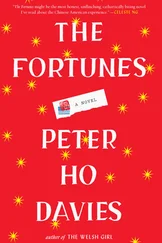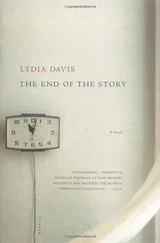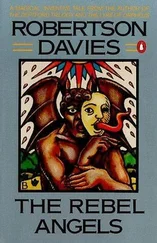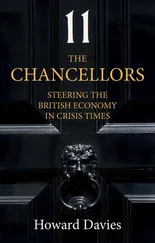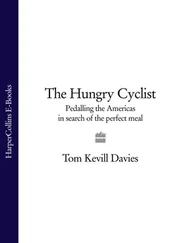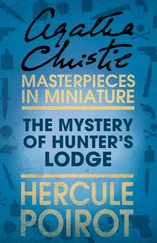They were very heavy wheels and the last one was proving difficult to get off. At last they managed it but, in doing so, the wheel somehow did a bounce and crashed into Edward. He was fit enough, with all the physical labour he had been doing since the age of twelve, but he was never very tall, just five feet, six inches high and, at eighteen, he was only eight stone in weight. The impact of the large bouncing wheel knocked Edward over. He fell down in a heap, breaking his leg.
Clive rang for an ambulance, then rang to tell Mr Stobart, Senior, what had happened. Meanwhile, Edward was in agony, lying on the ground, unable to move. He was also starting to shiver, as it was a very cold afternoon.
‘The ambulance men arrived first, before my dad. They got out this blow-up bag thing and put my left leg in a splint, then they laid me on the stretcher. They were about to give me a pain-killing injection, which probably would have knocked me out, when at last my dad arrived.
‘With a great struggle, I managed somehow to lean over on my side, get me hand in me front pocket, and I drew out my money. It was about £600 or £700. I didn’t want to go into hospital, did I, carrying all that with me? At hospital, they’d take my clothes off, put me into hospital pyjamas and that. I might never see the money again. So the last thing I remember doing, before the ambulance took me away, was handing it over. But, by then, I knew the truck was OK and the job would be done on Monday.’
Eddie remembers the incident well, and the precise words which Edward used: ‘Tek hod o’ this, Dad,’ Eddie wasn’t totally surprised; he and Nora always knew Edward kept his money on him. Many a time, Nora had ruined some of his pound notes in the washing machine when he’d forgotten to take them out of his trouser pocket.
‘When I’d been Edward’s age,’ says Eddie, ‘my father had never given me a wage when I’d worked with him. So I always made sure that Edward and then William, when they worked with me, got a wage, just like the other workers.
‘They had, of course, nothing to spend it on. There was no drugs in those days and they didn’t live a wild life. So we knew Edward must have saved a bit of money. Even so, we didn’t know till that day quite how much he’d been carrying around with him. That was a surprise.’
Edward was taken to the Cumberland Infirmary in Carlisle. His leg was fractured in two places and it took the next seven-and-a-half weeks for him to recover. For the first week or so, he was in agony. Then he was in total frustration, wondering about what was happening back at the ranch.
‘All the drivers came in at the weekends to see me: Norman Bell, Norman Glendinning, Stan Monkhouse, Clive and Selwyn Richardson, John Graham, Gavin Clark. I used to quiz each one on what me dad was doing: “Is he keeping you working?” I’d say, “Who’s planning next week?”
‘I was so miserable, stuck there. It was the worst time in my whole life. Certainly the slowest – I just lay there, thinking about the trucks, night and day. I wasn’t spying on my dad, when I was asking the drivers about him. I just worried that the lorry side would collapse while I was away.’
Edward’s father was very pleased when, at last, Edward could return to work. ‘Oh, I wanted him back as quickly as possible as well. Edward had been doing all the planning for the trucks. And by then, he really had become daft about trucks ….’
EDWARD GOES TO TOWN
Until 1970, Eddie Stobart had been trading simply as ‘E.P. Stobart, Hesket Newmarket’. But, as the business grew with more employees, more tax to pay, more financial responsibilities, more things to go wrong or be sued for, it was time to become a limited company. On 23 November 1970, a new company was formed: Eddie Stobart Ltd.
In the accounts for the second half of that year, under assets, eight assorted lorries are listed, including a new Scania wagon and trailer, bought at a cost of £9000. There was a reported loss of £409, but that was partly explained by the firm being reorganized and the expense of the Scania.
The new company had two shareholders. Eddie Stobart owned nine thousand of the ten thousand shares. His daughter, Anne, who reached the age of eighteen that year, was given the remaining one thousand shares. It was Eddie’s plan to give each of his four children, once they reached the age of eighteen, a thousand shares.
In 1971, when John reached eighteen, he declined the offer of the shares. He was not interested in lorries or machinery, or in business generally. He simply wanted to be a farmer, so he took his inheritance in cash and bought some sheep in order to get started.
Edward on reaching eighteen, in 1972, naturally took his shares. Working in his father’s firm, looking after the lorries and machinery, was exactly what he wanted to do. Anne, by now, was approaching her twenty-first birthday and was shortly getting married, becoming Mrs Anne Fearon. She was made a director of the firm that year, along with her father.
The accounts for 1972 show a huge increase in the firm’s turnover since becoming a limited company; it had reached almost a quarter of a million pounds, with profits of £17,153. It is noticeable that, on the official accounts, the business of Eddie Stobart Ltd is stated as being: ‘agricultural merchants and dealers in agricultural machinery, plant etc.’ The farm shop, where Anne and her husband, Ken, were working – and also Eddie for a lot of the time – was doing well, and so were their other agricultural activities. But the haulage part of the company was also proving a success, thanks to the hard work and enthusiasm of Edward for all things lorry-like. This is where the future lay, so Edward thought, this was where a lot more business was to be had.
Although Eddie himself much preferred the fertilizing and farming side of the business, he allowed Edward to build up the haulage side and was prepared to listen to ideas, opportunities or suggestions for further developments. In May 1973, Richard Woodcock, owner of the garage in Hesket, offered Eddie the chance to visit a proper haulage firm, to see how the big boys did it.
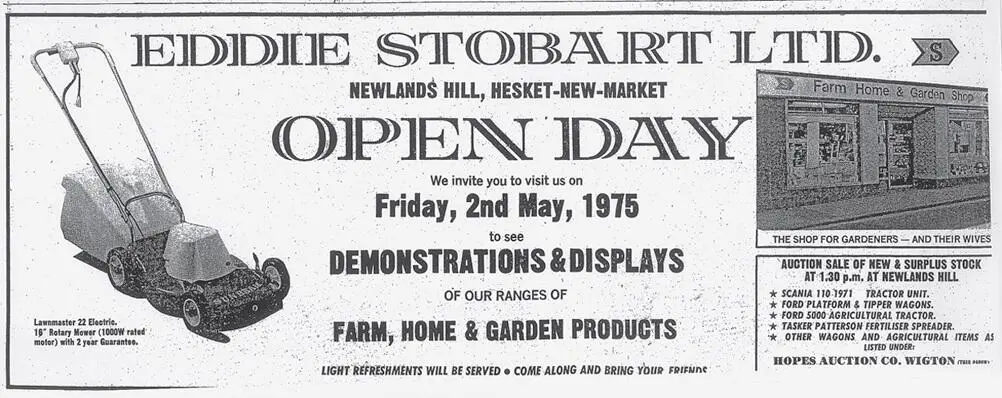
Richard Woodcock’s father, also called Richard, was the owner of the village shop in Hesket. He had sent young Richard to a public school, Ampleforth, but Richard had left with only one real ambition: to work with motor cars. After leaving school, Richard had become an apprentice fitter at the firm of Sutton and Sons of St Helen’s, a family firm in Lancashire. They were a very well known, national firm whose rise to eminence in the haulage business had been partly based on their connections and nearness to Pilkington’s of St Helens, the glass giants. As they had grown and expanded, so had Sutton and Sons and their lorries. In 1973, they had about two hundred lorries.
Richard hadn’t expected that Edward, aged nineteen at the time, was coming with his dad on the day’s outing. ‘As we drove off, I was a bit surprised when Edward jumped in the car as well. On the way down, I told Eddie that if we met Alf Sutton himself, which was unlikely, I should warn him that Alf was a bit, well, the rough-and-ready type, who used strong industrial language. I knew that Eddie was a devout Methodist and might get upset. He said don’t worry, he’d met all sorts in the agricultural world.
‘We had a brilliant day out, toured all the premises, met some of my old friends. Eddie and Edward were both amazed by Sutton’s operation. They had their own garages and repair shops which were huge, with state-of-the-art equipment. In those days, haulage firms kept their lorries for many years, looking after them themselves.
Читать дальше



